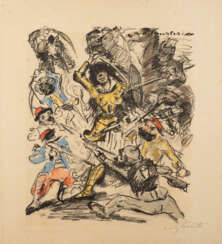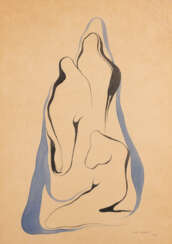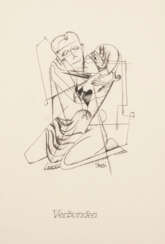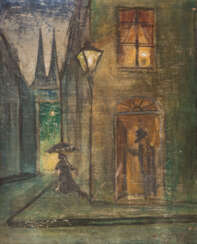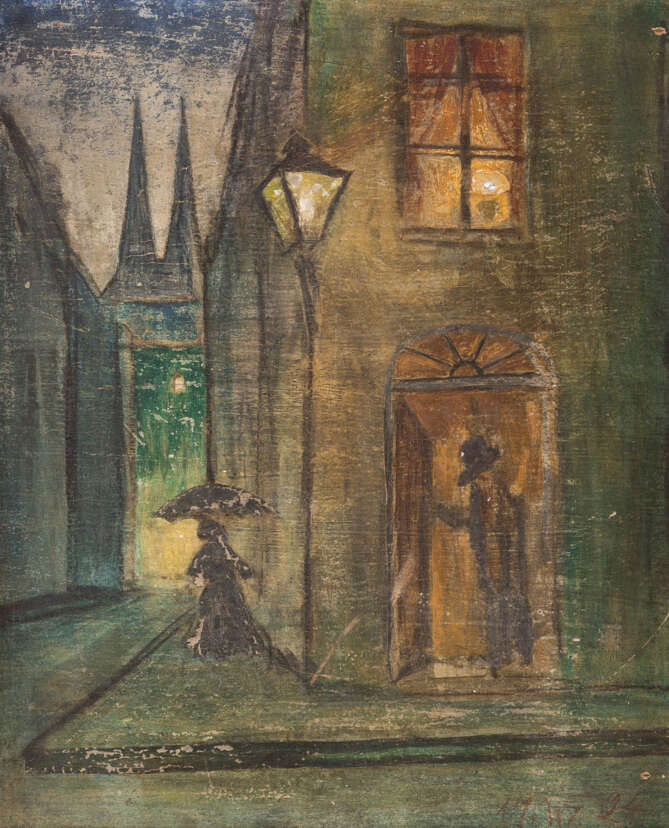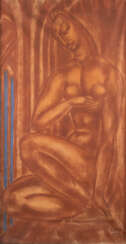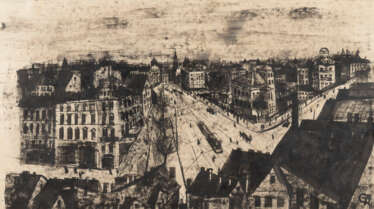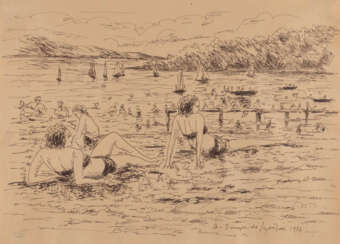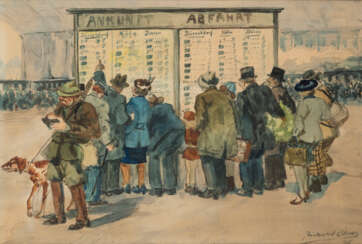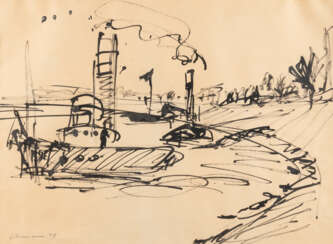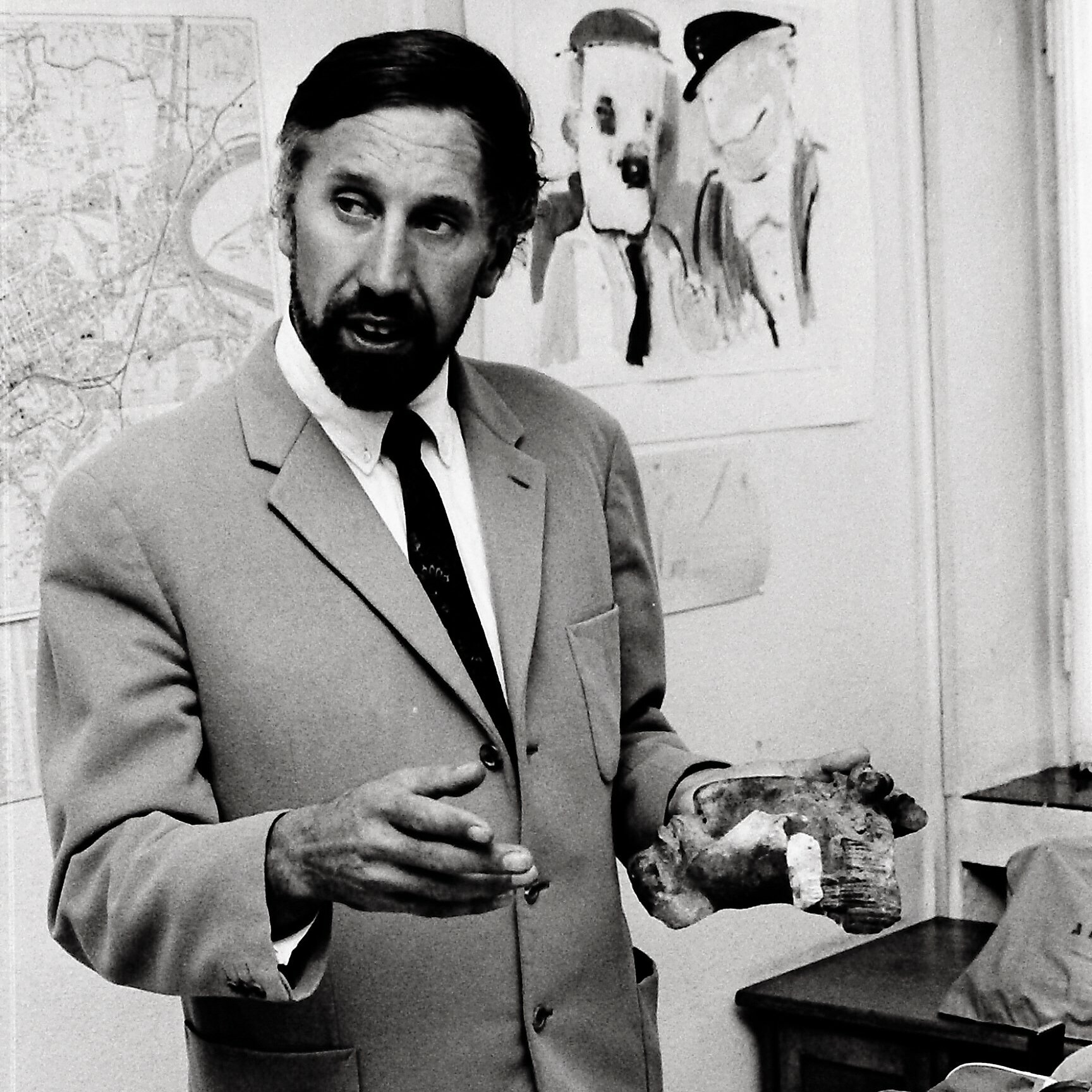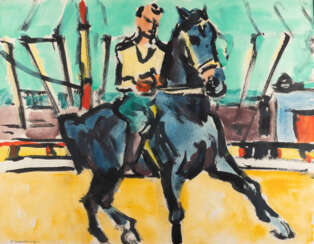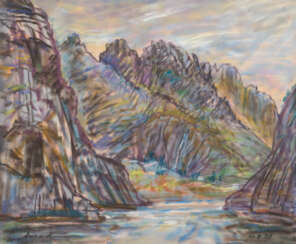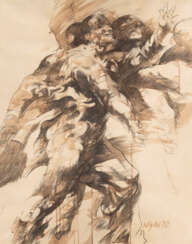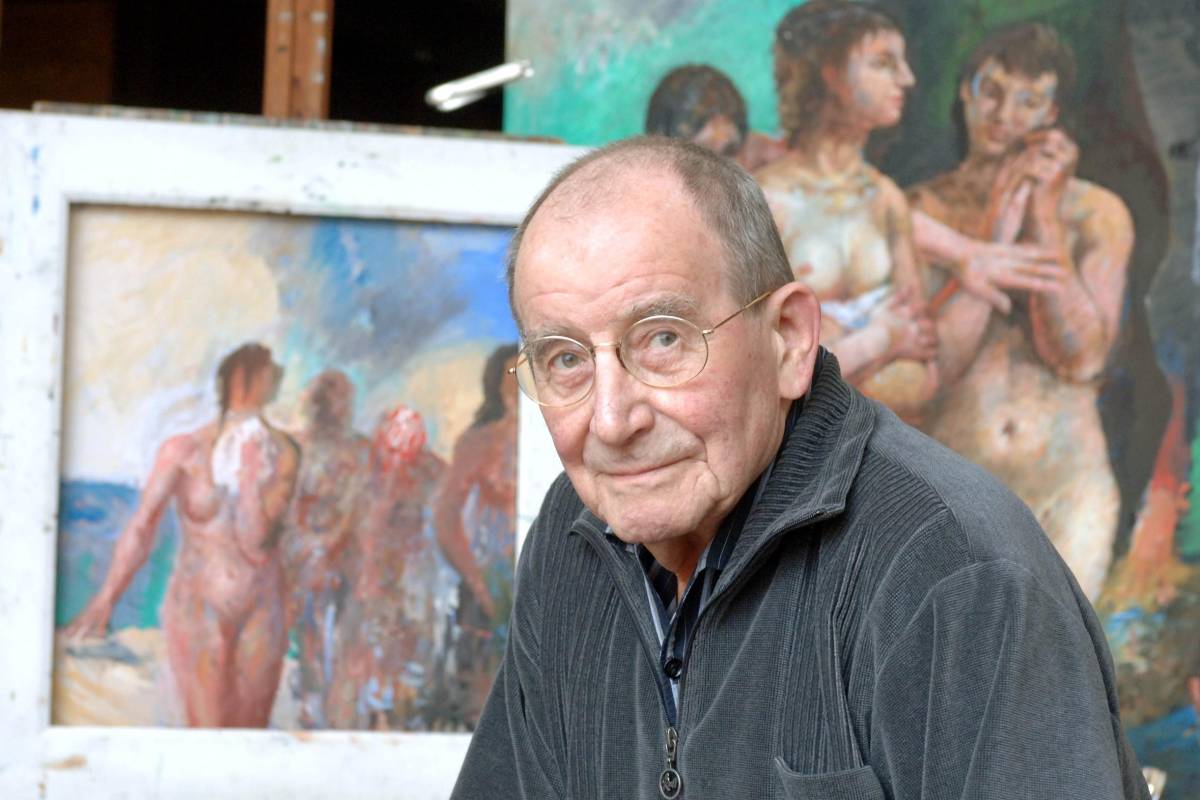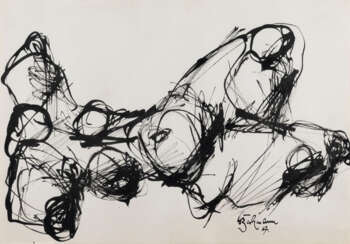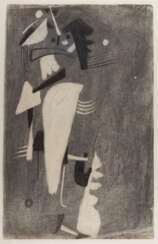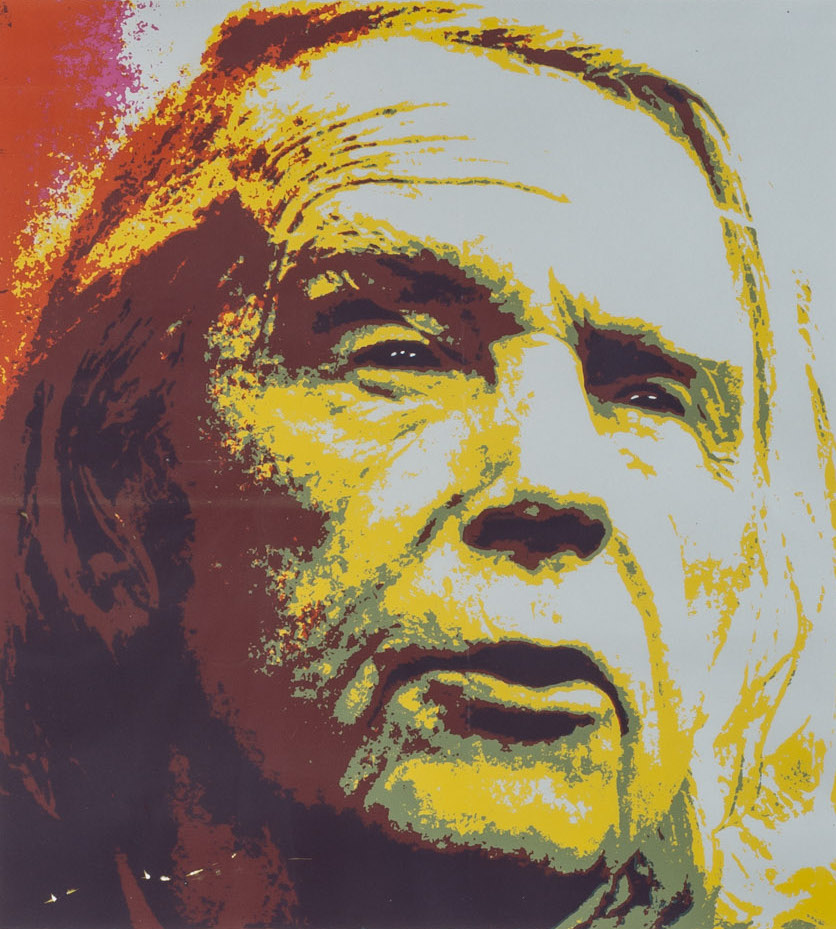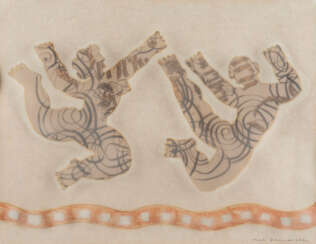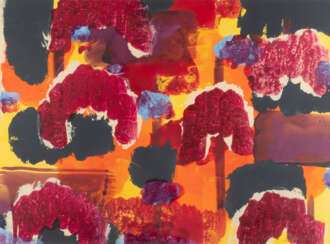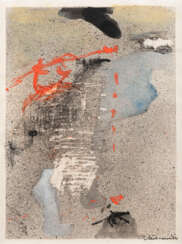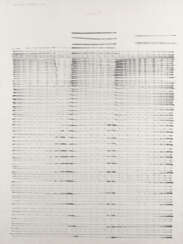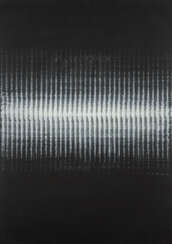
Modern drawings and watercolours — 129: Modern Kunst

Emil Nolde, a German-Danish artist, stands out as a pivotal figure in the Expressionist movement, celebrated for his vibrant use of color and dynamic brushwork. Born on August 7, 1867, Nolde was initially self-taught, developing a style that later became synonymous with expressive use of color and form. His early work included religious themes and landscapes, characterized by their emotional intensity and innovative color palette. Nolde's contributions to art were not limited to painting; he also excelled in printmaking, creating a significant body of work that includes etchings, woodcuts, and lithographs.
One of Nolde's most noteworthy periods was his time spent on the Baltic Sea island of Alsen from 1903 to 1916, where he produced seascapes that captured the natural world's dynamic essence. His painting "Meer Bei Alsen" (Sea Off Alsen) is a testament to this period, showcasing his ability to convey movement and emotion through color. Furthermore, Nolde's fascination with religious and mythological themes is evident in works like "Dance Around the Golden Calf," where he employs vivid colors and expressive figures to explore complex narratives.
Despite his artistic achievements, Nolde's life was not without controversy. During the Nazi regime, his work was labeled "degenerate," and he faced significant professional and personal challenges. Nonetheless, Nolde continued to create, producing a series of watercolors known as the "Unpainted Pictures" during this time. After World War II, Nolde's reputation was rehabilitated, and he was once again celebrated as a leading figure in modern art.
Nolde's legacy is preserved at the Nolde Foundation Seebüll, a museum dedicated to his life and work, established in the year of his death, 1956. His influence on the field of modern art, particularly within Expressionism, is undeniable, with his bold approach to color and form inspiring subsequent generations of artists.
For art collectors and experts, Nolde's work offers a compelling study in the evolution of modern art, reflecting the tumultuous times he lived through and his unyielding dedication to artistic expression. His ability to capture the essence of his subjects, from the natural beauty of the sea to the depths of human emotion, makes his work a valuable addition to any collection.
To stay updated on sales and auction events related to Emil Nolde's work, signing up for updates is recommended. This subscription service ensures you're informed about the latest opportunities to acquire pieces by this influential artist.

Lovis Corinth was a German artist and writer whose mature work as a painter and printmaker realized a synthesis of impressionism and expressionism.
Corinth studied in Paris and Munich, joined the Berlin Secession group, later succeeding Max Liebermann as the group's president. His early work was naturalistic in approach. Corinth was initially antagonistic towards the expressionist movement, but after a stroke in 1911 his style loosened and took on many expressionistic qualities. His use of color became more vibrant, and he created portraits and landscapes of extraordinary vitality and power. Corinth's subject matter also included nudes and biblical scenes.
.jpg)
Arno Breker was a German architect and sculptor who is best known for his public works in Nazi Germany, where they were endorsed by the authorities as the antithesis of degenerate art. He was made official state sculptor, and exempted from military service. One of his better known statues is Die Partei, representing the spirit of the Nazi Party that flanked one side of the carriage entrance to Albert Speer's new Reich Chancellery.
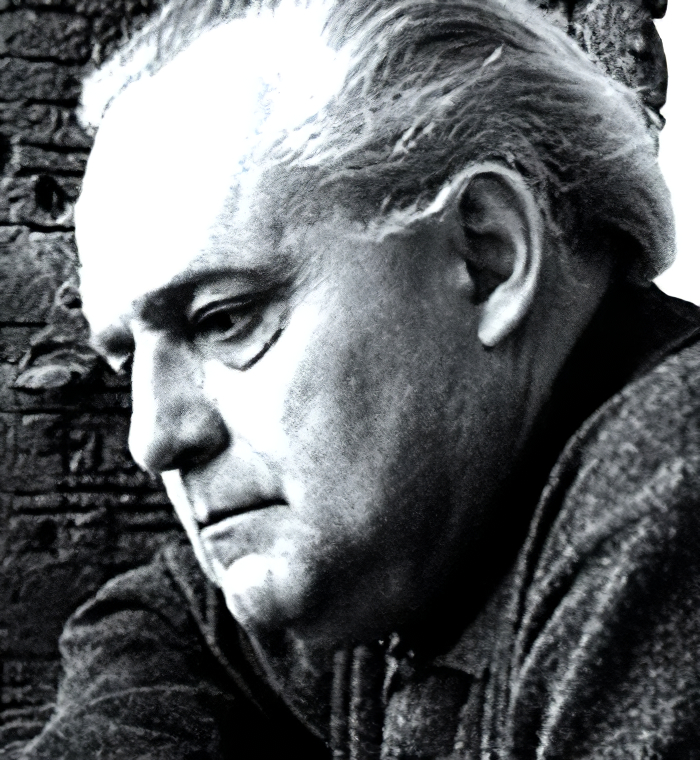
Alo Altripp (actually Friedrich Schlüssel) was a German painter and graphic artist of the New Objectivity. Today, together with Otto Ritschl, he is considered one of the most important Wiesbaden painters of the 20th century.
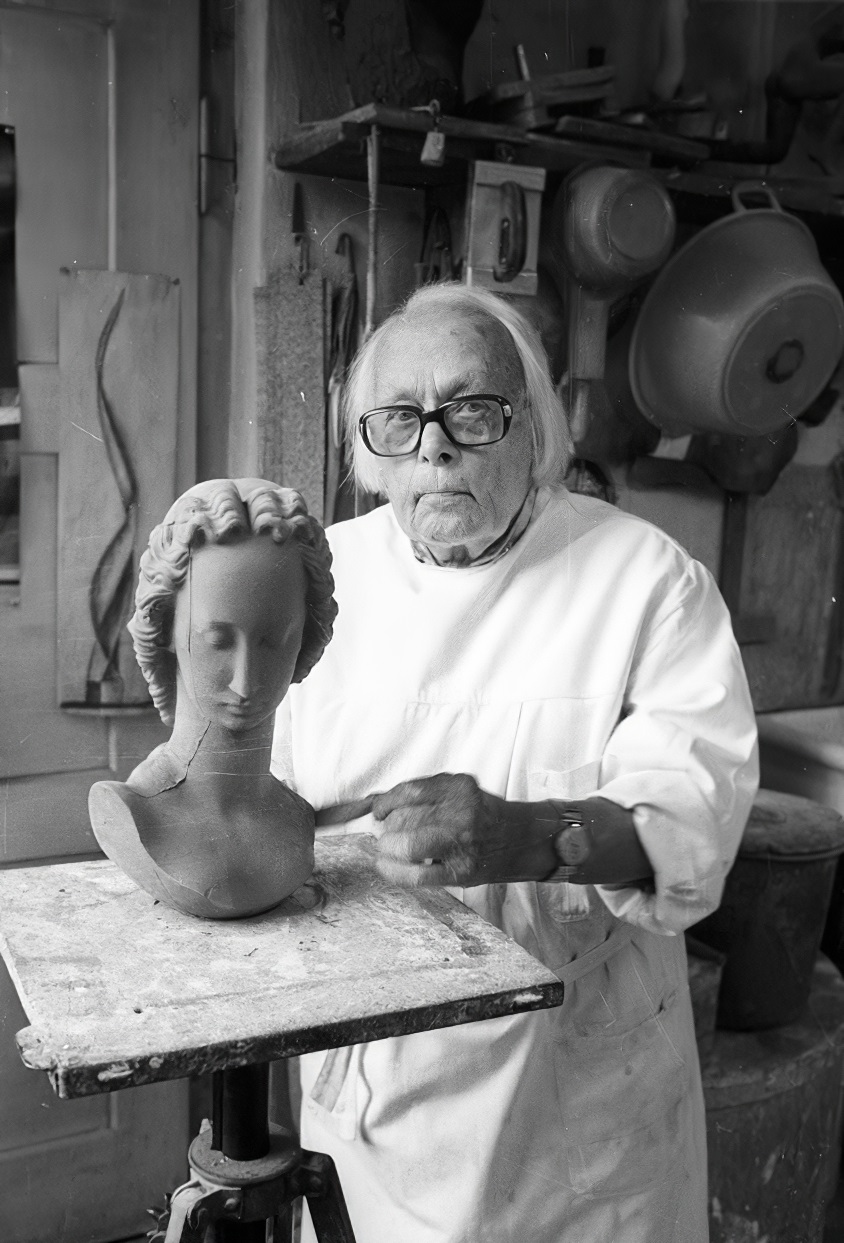
Adam Antes was a German painter, sculptor and graphic artist. He worked mainly as a sought-after portrait painter and also designed a single-wing aircraft.
Adam Antes was inspired by the styles of Auguste Rodin, Bernhard Hoetger and Wilhelm Lehmbruck. From time to time he turned to graphics. His work was part of the sculpture in the art competition at the 1932 Summer Olympics.
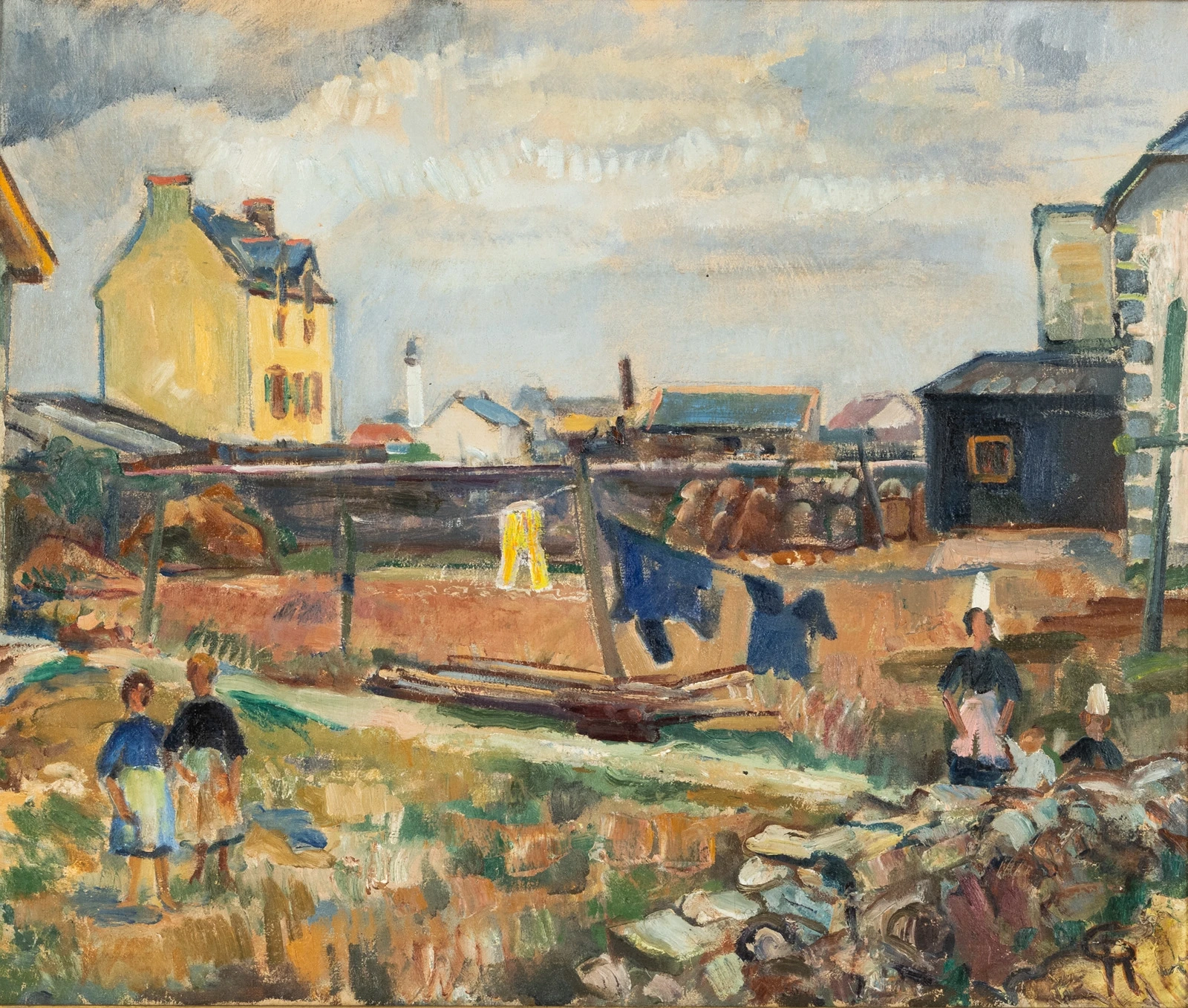
Gottfried Richter was a German painter and graphic artist. During the Nazi era he was a member of the Reichskammer der bildenden Künste.
Gottfried Richter's subjects included cityscapes, still lifes, masks and circus scenes.

André Albert Marie Dunoyer de Segonzac was a French painter, graphic artist and illustrator known for his contribution to the Post-Impressionist and Fauvist movements.
Dunoyer de Segonzac's style was defined by his bold use of colour, his expressive brushwork, and his desire to capture the essence of the subject. In his work, he explored a variety of subjects, including landscapes, still lifes and scenes of everyday life. His paintings often displayed a sense of vitality and energy, with vibrant hues and dynamic compositions. The master often used intense hues to evoke an emotional response. His palette was characterised by a bold and expressive use of colour, giving his works a sense of vibrancy and dynamism.
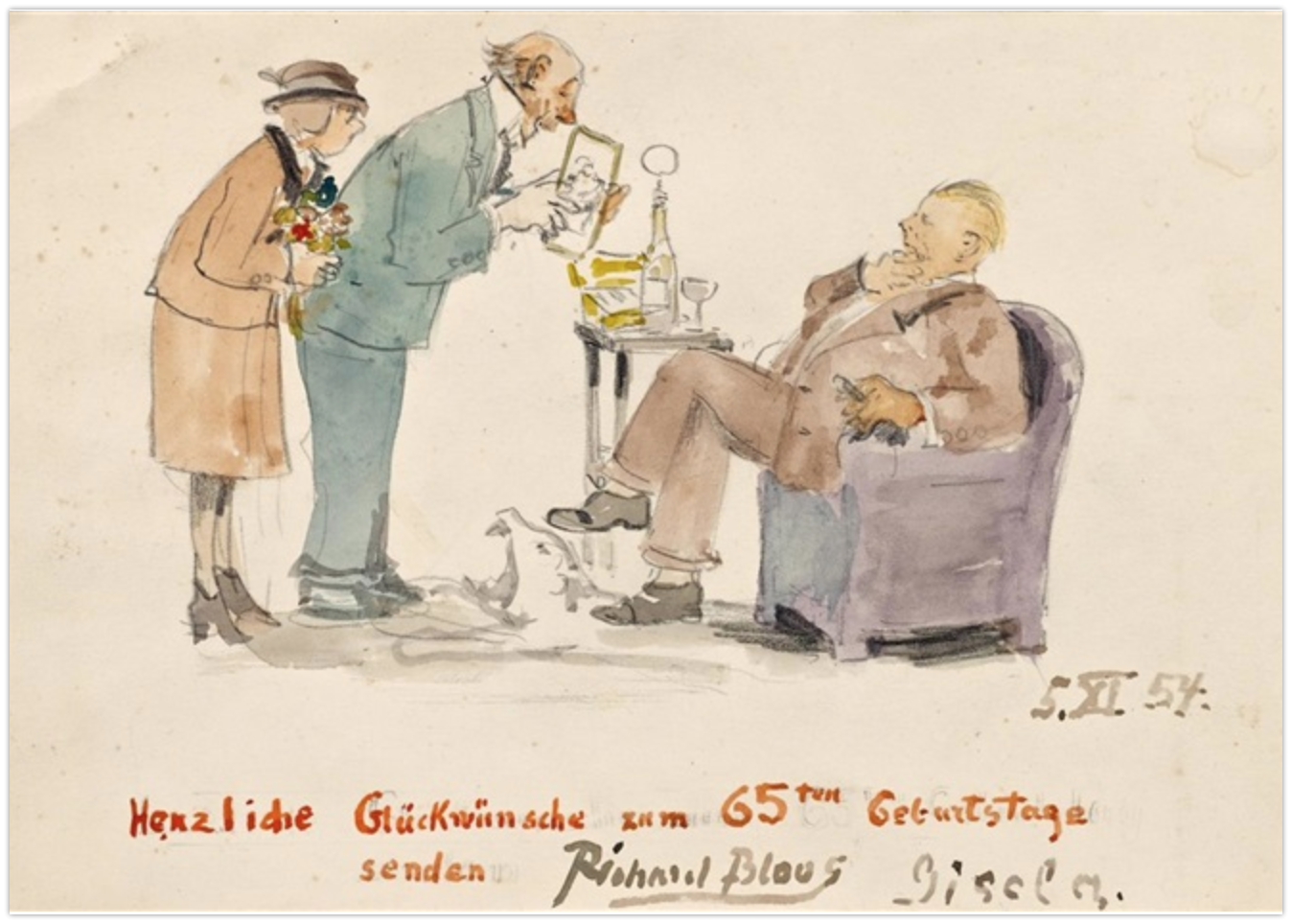
Richard Bloos was born in Brühl in 1878 and attended the Art Academy in Düsseldorf, where he studied under Peter Janssen, Willy Sparrow and Forberg. After a stay in Paris from 1906 to 1914, Bloos lived until his death in Düsseldorf in 1957. He participated in the exhibitions of the Münchner Sezession and the salon of the Société National des Beaux-Arts in Paris. The artist’s preferred motifs are lively figure scenes.
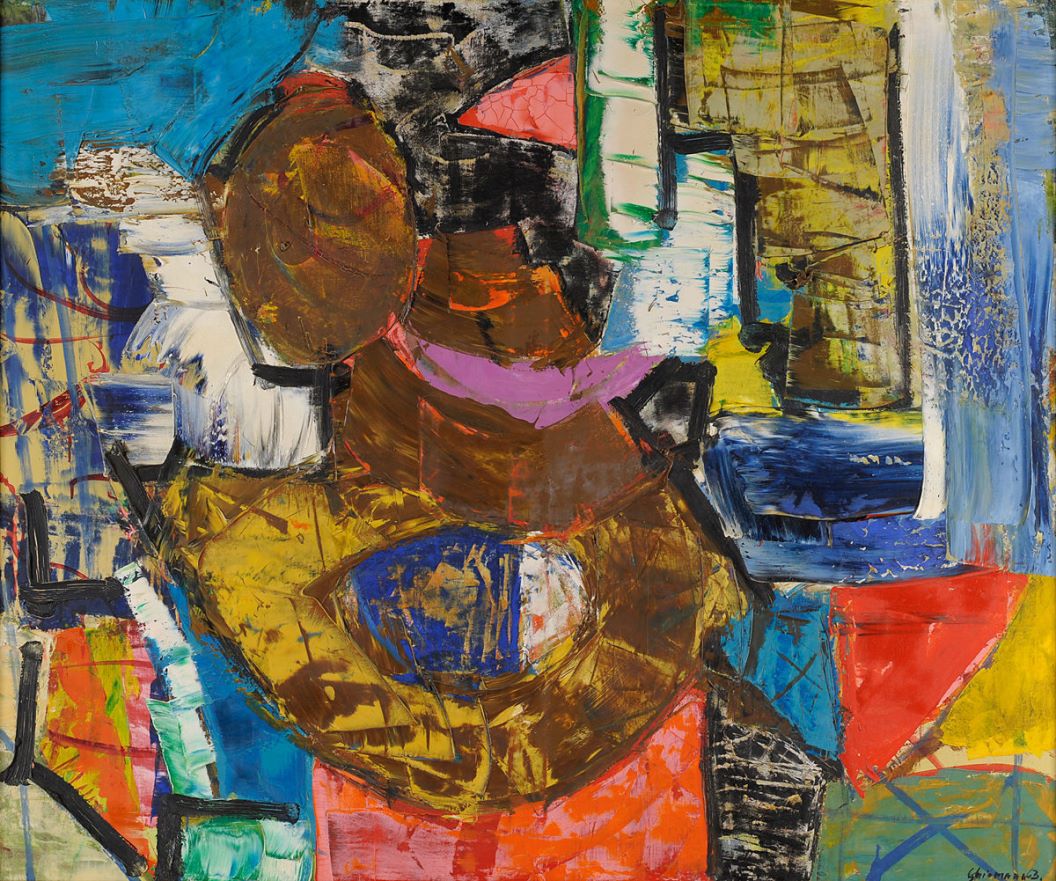
Friedrich Schiemann was a German abstractionist painter.
He attended the art academy in Dusseldorf and traveled to European countries. Schiemann's expressionist paintings are full of vivid colors.

Friedrich Schiemann was a German abstractionist painter.
He attended the art academy in Dusseldorf and traveled to European countries. Schiemann's expressionist paintings are full of vivid colors.
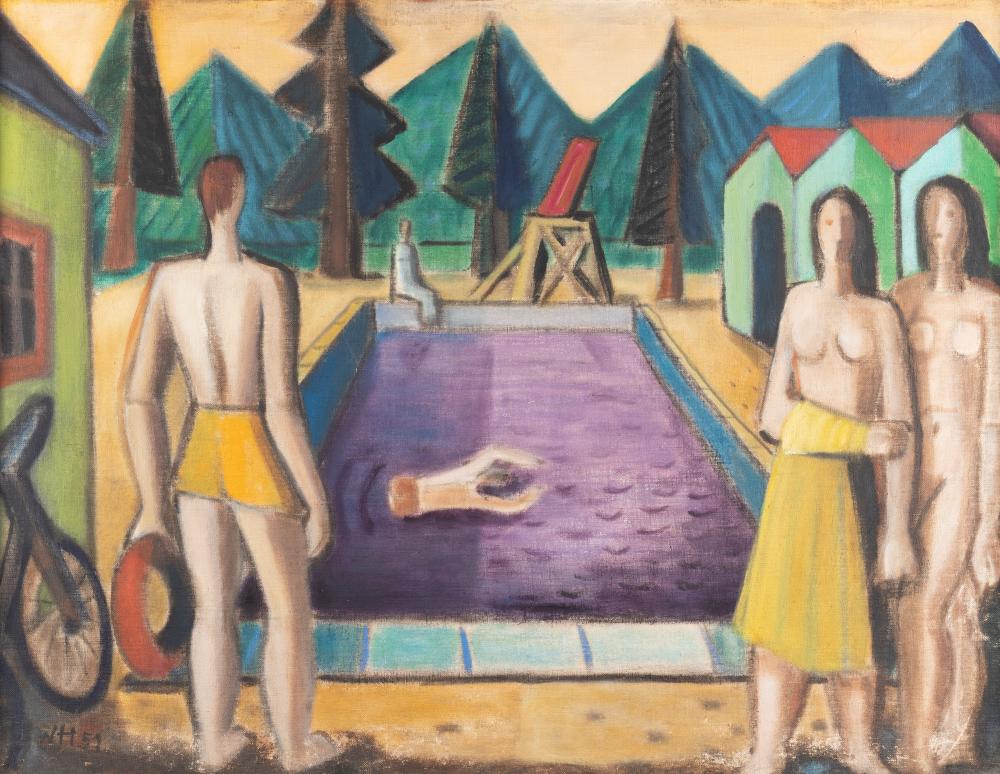
Wolf Hoffmann, also Wolfgang Hoffmann, was a German painter, printmaker, and printmaker and professor at the Academy of Fine Arts in Berlin-Weißensee.
He produced many works, mainly landscapes, figurative and floral still lifes, etchings, as well as woodcuts and linocuts.
During World War II, many of Hoffmann's works were destroyed, but during those difficult years he learned to work with ceramics and painted tiles. After 1945 he found the strength to return to painting.
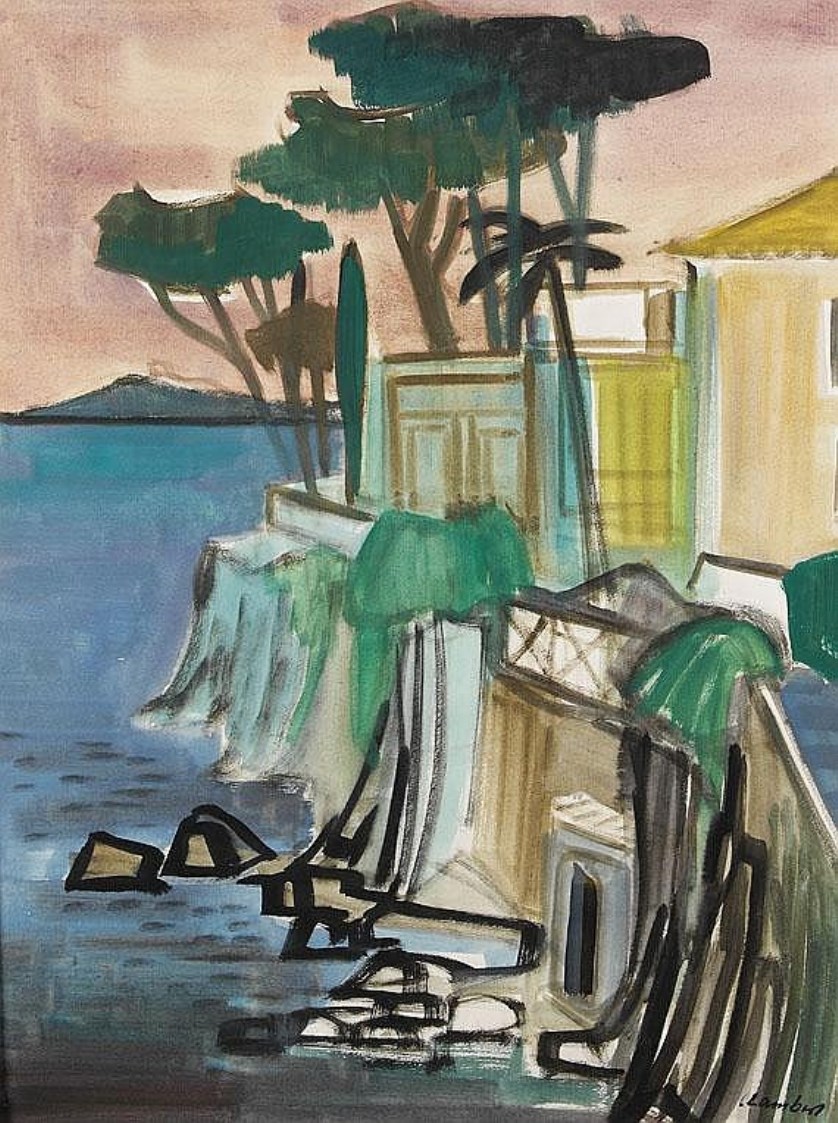
Kurt Lambert was a German painter.
He studied painting at the Berlin Academy of Fine Arts and all his creative life he followed his own style, which had impressionistic features. Lambert spent a lot of time on the Baltic Sea and created many paintings with fishing boats, dunes, landscapes by the sea, he also sketched the life of African villages.
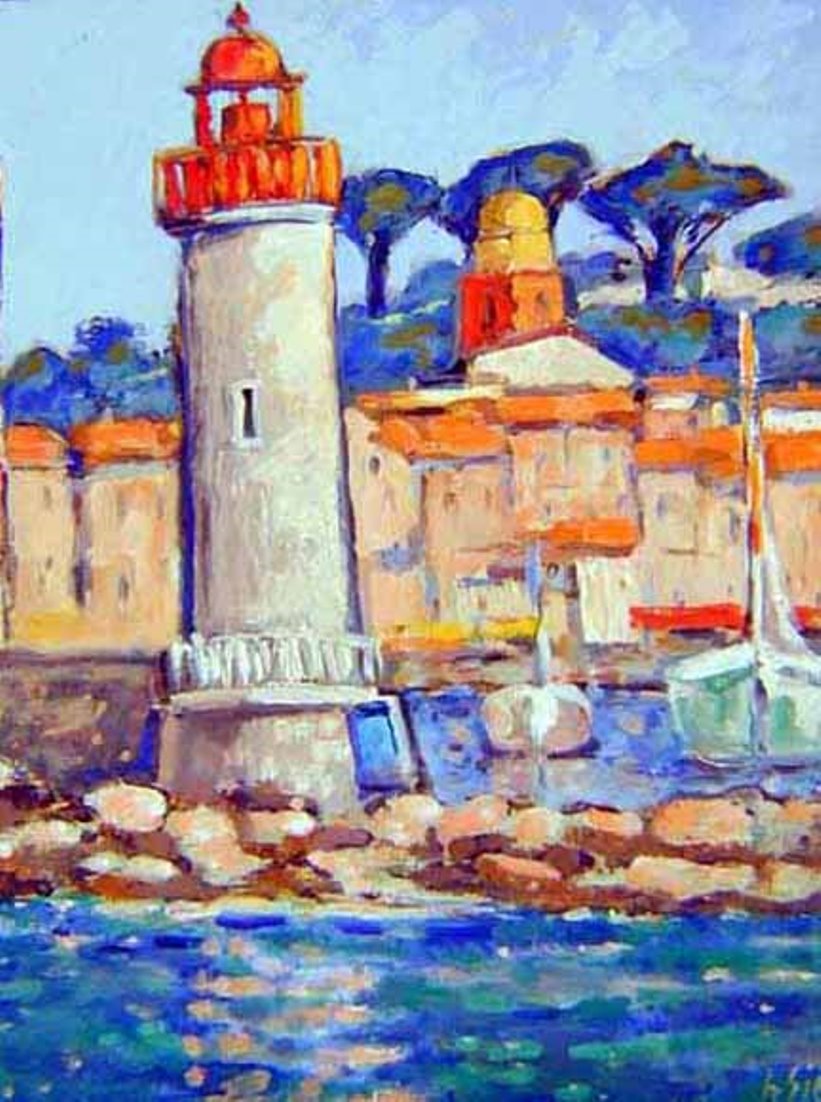
Henri Sié was a French painter, a representative of the avant-garde Fauvism movement.
His favorite subject, which inspires this artist, is the sunny and bright vistas of Saint-Tropez. The Henri Sié Art Gallery in this city has been open all year round since its creation in 1986.
Henri Sié has exhibited in many countries, including Japan, Germany and the United States.
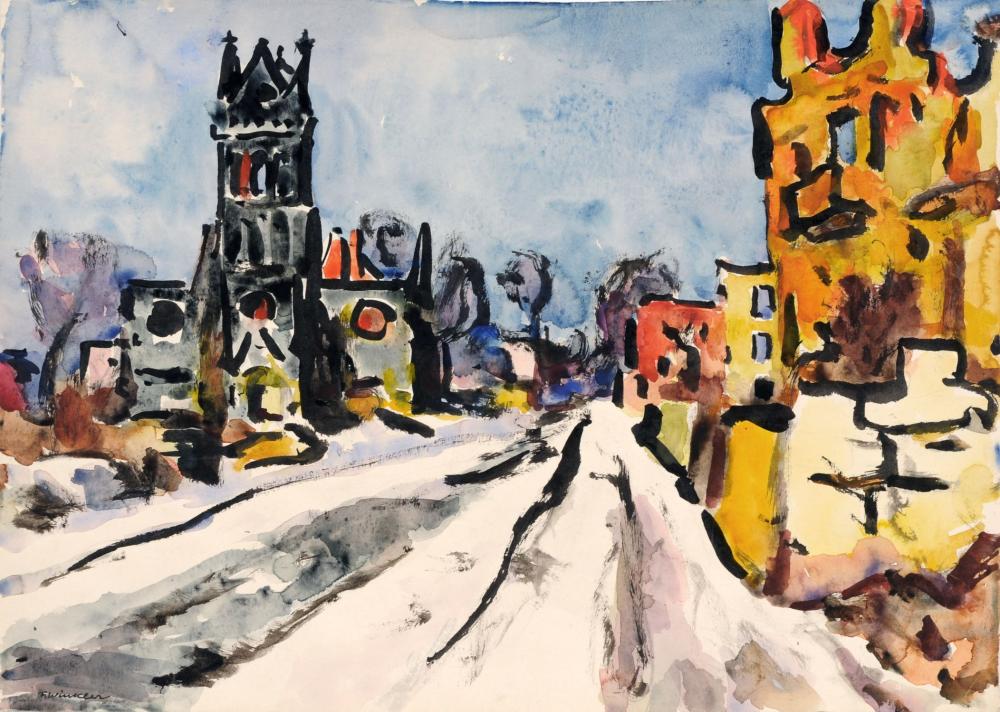
Fritz Winkler was a German expressionist painter and illustrator.
He studied at the Dresden Academy of Art, created illustrations for a national newspaper and books, and was a member of the "Deutscher Kunstlerbundes" group of artists in Dresden. Winkler belonged to the second generation of German expressionists and was a member of the Association of German Artists.
Despite losing his eye in World War I, Winkler was drafted into World War II, and much of his work was destroyed in the 1945 bombing of Dresden. He returned there in 1946 and for the remaining 18 years, until his death in 1964, Winkler produced more than three hundred paintings and five thousand watercolors, which he bequeathed to the Dresden state art collections.
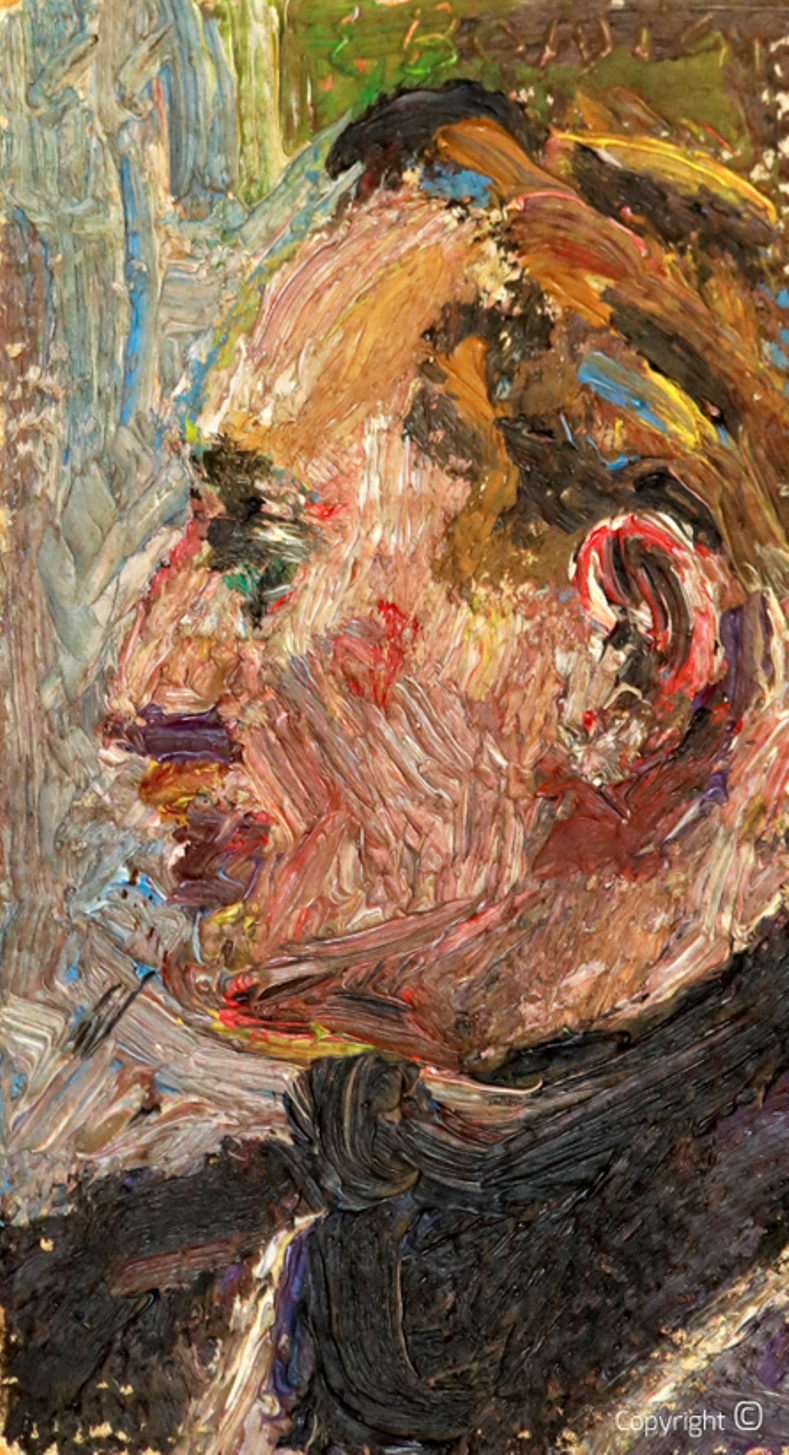
Amud Uwe Millies was a German expressionist painter.
Instead of taking over his father's business, young Millies became interested in painting. He traveled extensively throughout Europe, was in Nepal, and he documented each country vividly, transferring nature and people's way of life onto canvases.
Amud Uwe Millies was an active member of the "Black House" (Schwarzes Haus) in Solingen, a creative salon for artists, writers and intellectuals of his time.

Amud Uwe Millies was a German expressionist painter.
Instead of taking over his father's business, young Millies became interested in painting. He traveled extensively throughout Europe, was in Nepal, and he documented each country vividly, transferring nature and people's way of life onto canvases.
Amud Uwe Millies was an active member of the "Black House" (Schwarzes Haus) in Solingen, a creative salon for artists, writers and intellectuals of his time.

Amud Uwe Millies was a German expressionist painter.
Instead of taking over his father's business, young Millies became interested in painting. He traveled extensively throughout Europe, was in Nepal, and he documented each country vividly, transferring nature and people's way of life onto canvases.
Amud Uwe Millies was an active member of the "Black House" (Schwarzes Haus) in Solingen, a creative salon for artists, writers and intellectuals of his time.
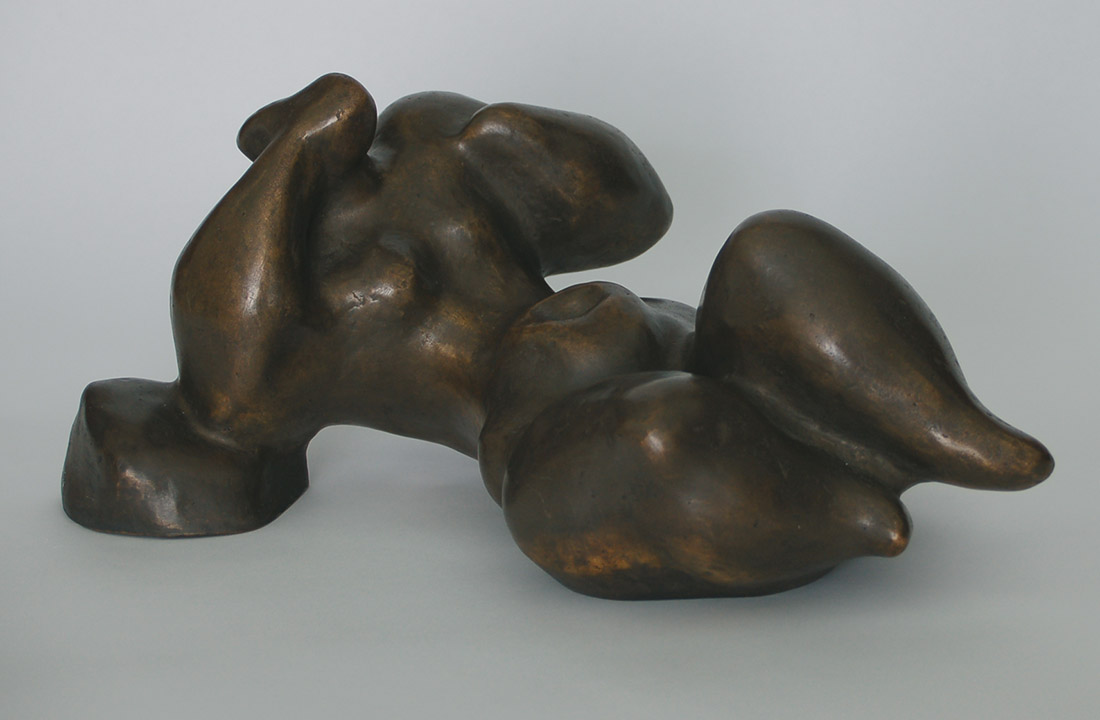
Curt Beckmann is a German painter and sculptor.
He studied at the Düsseldorf State Academy of Art, was a member of the Rhine Secession, Das Junge Rheinland, was a member of the Malkasten Association of Artists, the Association of West German Artists and the Association of German Artists.
Beckmann's work is distinguished by the contemplative quality of the female nude bodies. He gradually moved from naturalistic figures to an almost abstract expressionist representation of them.
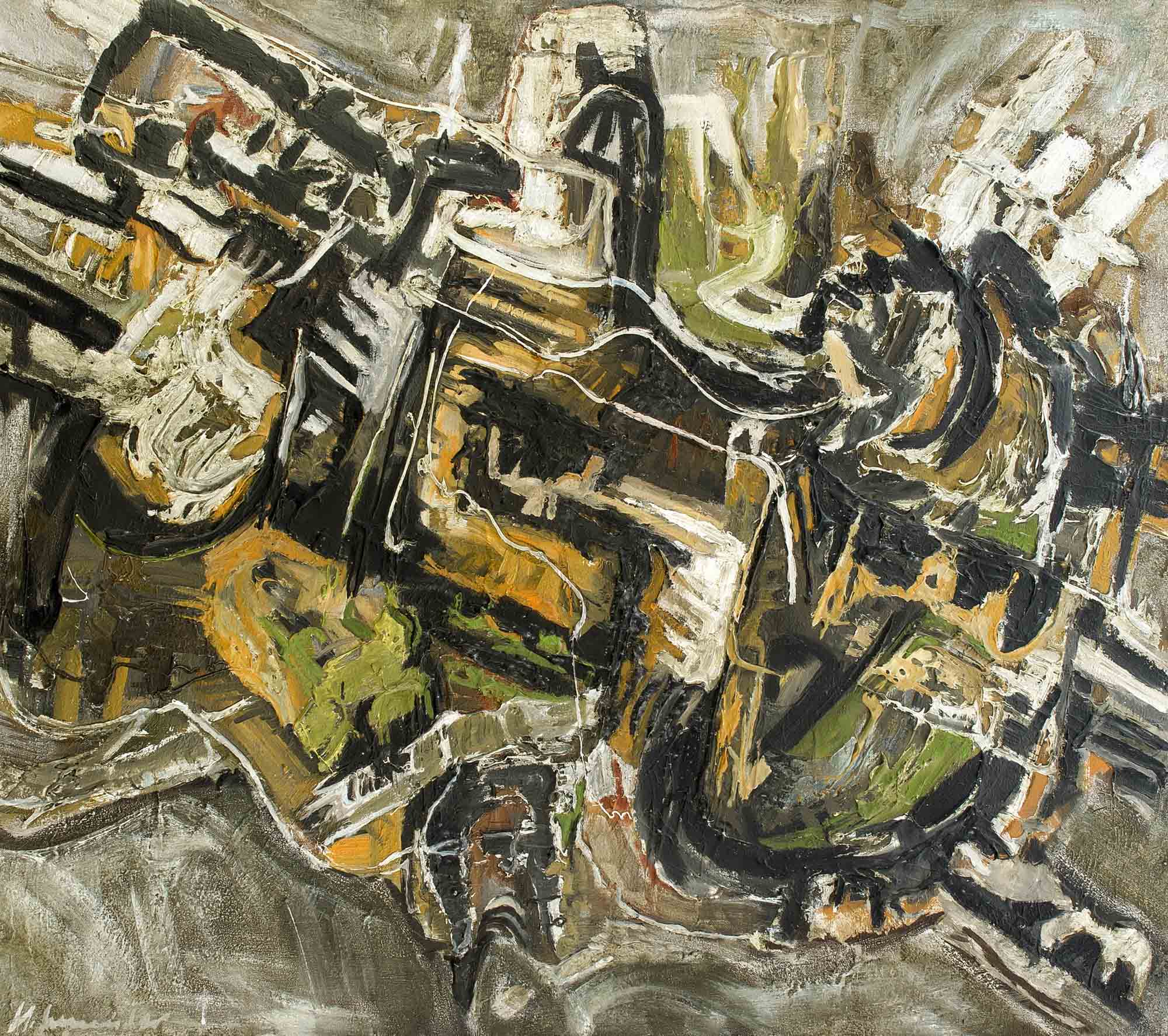
Herbert Schneider was a German painter, lithographer, and printmaker.
He studied painting at the Stuttgart Academy of Art. Early in his career Herbert Schneider became known for his abstract and cubist art. Since 1965, however, the artist began to depict a bold, colorful world inhabited by creatures of his own invention. The main driving force behind Schneider's unique art is emotion, especially the emotion of love.

Friedrich Schiemann was a German abstractionist painter.
He attended the art academy in Dusseldorf and traveled to European countries. Schiemann's expressionist paintings are full of vivid colors.

Friedrich Schiemann was a German abstractionist painter.
He attended the art academy in Dusseldorf and traveled to European countries. Schiemann's expressionist paintings are full of vivid colors.
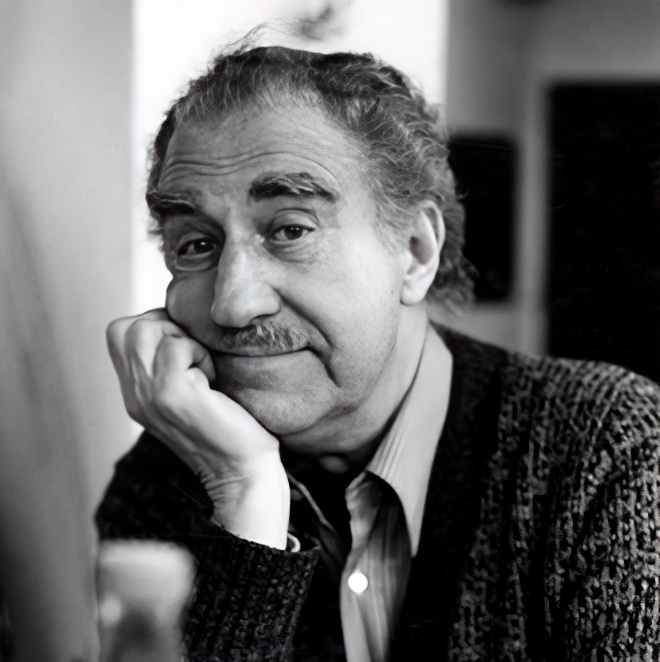

Heinz Mack is a German artist. Together with Otto Piene he founded the ZERO movement in 1957. He exhibited works at documenta in 1964 and 1977 and he represented Germany at the 1970 Venice Biennale. He is best known for his contributions to op art, light art and kinetic art.

Heinz Mack is a German artist. Together with Otto Piene he founded the ZERO movement in 1957. He exhibited works at documenta in 1964 and 1977 and he represented Germany at the 1970 Venice Biennale. He is best known for his contributions to op art, light art and kinetic art.


